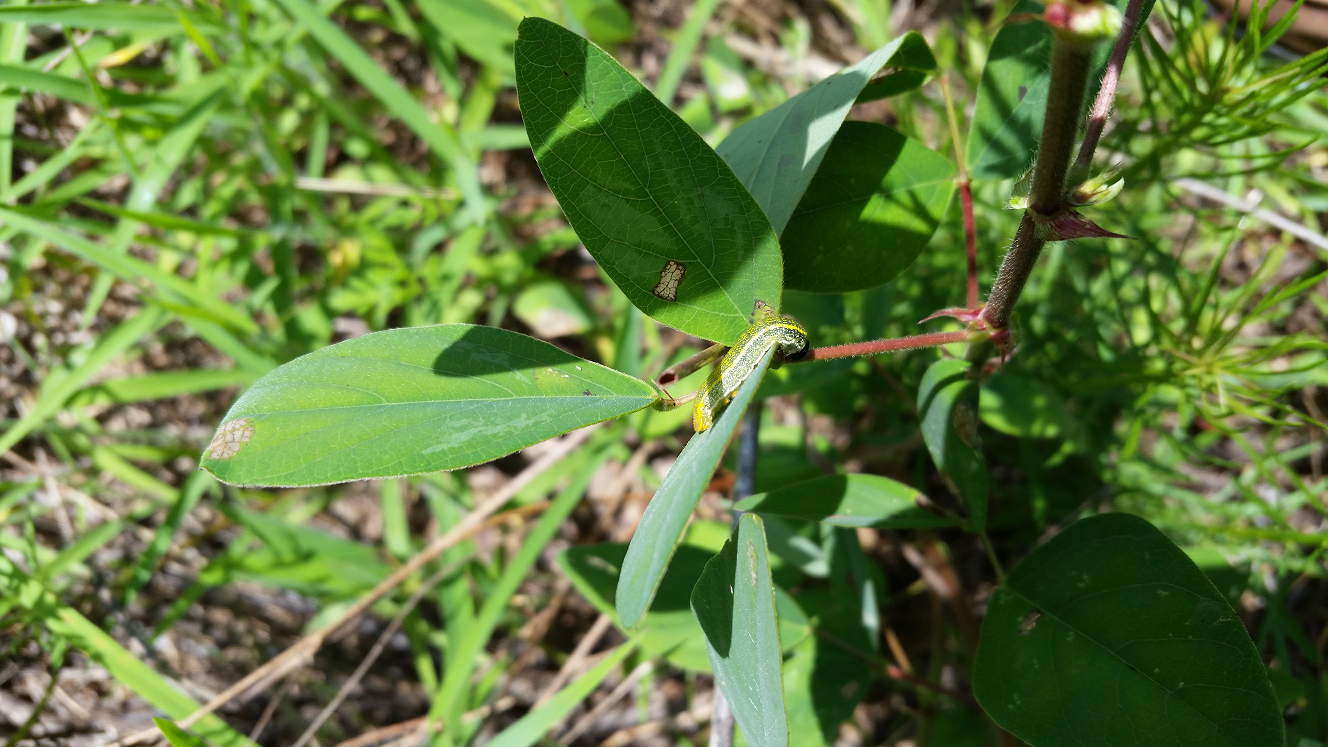
by Matt Lollar | Jul 22, 2016
Insects, like humans, do not like exerting more effort than is necessary. They are also picky eaters. When an insect lands on a plant that it cannot eat or doesn’t prefer to eat, then it must exert more time and effort to search for a more palatable host plant....
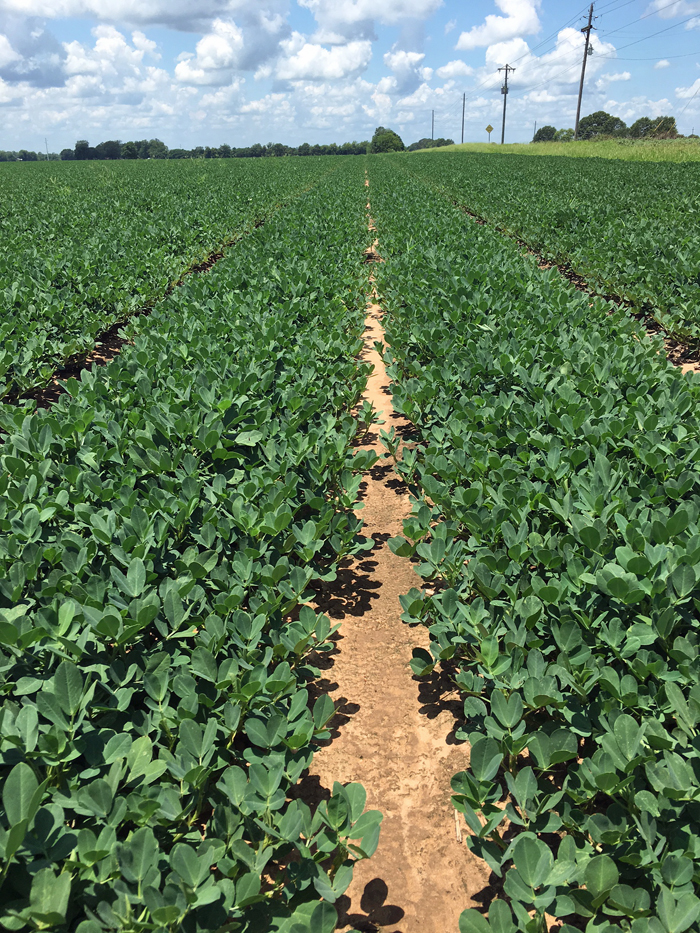
by John Doyle Atkins | Jul 22, 2016
Mid July is the time of year where, for most of us, we are at the mid-point in our peanut production season. The peanut plants, if not already lapped, are at a point where the canopy traps humidity and extends leaf wetness periods near the crown of the plant. Barriers...
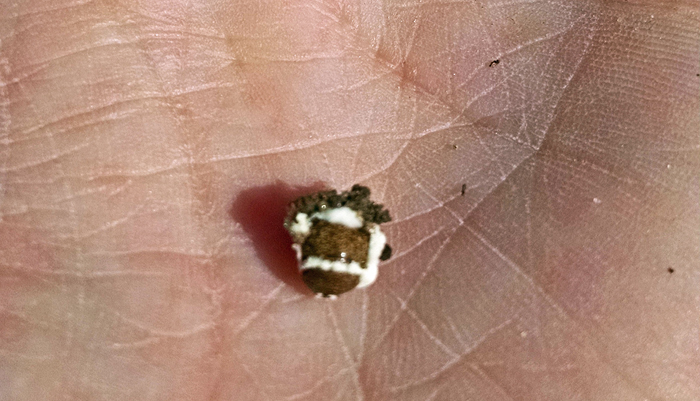
by Jennifer Bearden | Jul 15, 2016
Kudzu bugs are a fairly new pest for our area but are already familiar to residents in Northwest Florida. Researchers are continuously studying new pests to make research-based control recommendations. One research project (UGA research article) is investigating a...
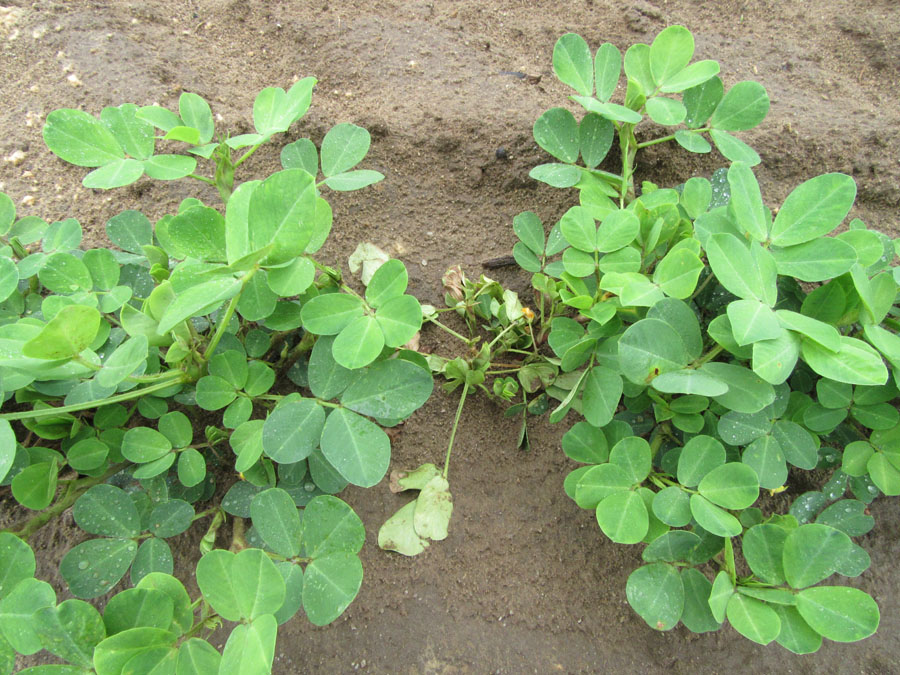
by Ethan Carter | Jul 8, 2016
Figure 1. Young peanut plant in Jackson County exhibiting symptoms of crown rot (Aspergillus niger). Photo by Ethan Carter. The severity of crown rot varies from year to year, despite its general presence in peanut fields early in the season. Caused by Aspergillus...
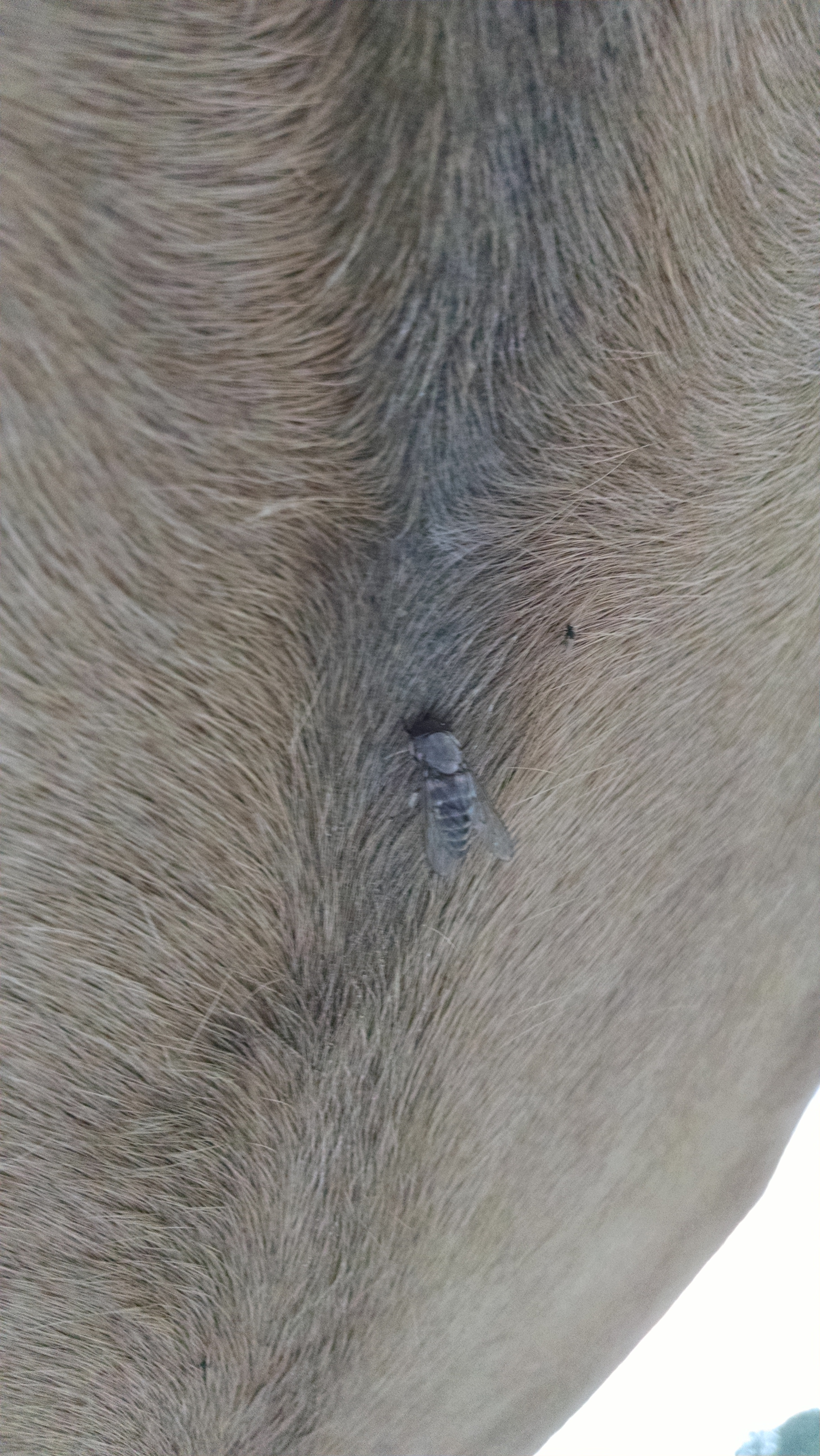
by Jennifer Bearden | Jul 1, 2016
There are many external parasites that effect horses. Some are just annoying but some transmit deadly diseases. The world’s deadliest creature is also a menace to horses. These creatures transmit Eastern Equine Encephalomyelitis, Western Equine Encephalomyelitis,...
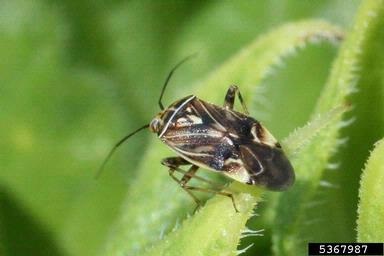
by Michael Donahoe | Jun 24, 2016
Cotton throughout the area is squaring heavily and most of our oldest cotton is probably a week away from first bloom. There are reports of some fields being treated for tarnished plant bugs feeding on pinhead squares. It’s important to scout fields carefully...







